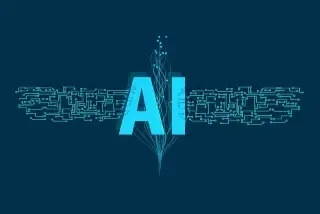Understanding Narrow AI vs General AI: Key Differences
Photo credit: [Gerd Altmann] | Source: [Pixabay]
Introduction
In the rapidly evolving world of artificial intelligence, understanding the distinction between narrow AI and general AI is crucial. While both play significant roles in technology today, their applications and implications differ greatly.
Defining Narrow AI and General AI in Simple Terms
Narrow AI refers to systems designed for specific tasks, such as voice assistants or recommendation algorithms. In contrast, General AI aims to replicate human-like cognitive abilities, enabling machines to perform any intellectual task.
Real-World Examples of Narrow AI Applications
Narrow AI is prevalent in everyday life. For instance, chatbots assist customer service, while algorithms curate content on streaming platforms. These specialized tools enhance efficiency but lack broader understanding.
Theoretical Concepts and Future Goals of General AI
General AI remains largely theoretical. Researchers aspire to create systems capable of reasoning, learning, and adapting like humans. Achieving this would revolutionize industries, but significant hurdles remain.
Key Technological Differences Between Narrow AI and General AI
The primary difference lies in functionality. Narrow AI operates within predefined parameters, while General AI would require advanced learning algorithms and self-awareness, making it far more complex.
Ethical and Societal Implications of Narrow AI and General AI
Both forms of AI raise ethical concerns. Narrow AI can lead to job displacement, whereas General AI poses risks related to autonomy and decision-making. Addressing these issues is vital for responsible development.
The Future Outlook and Development Pathways for AI Technologies
As technology advances, the gap between narrow and general AI may narrow. Innovations in machine learning and neural networks could pave the way for more sophisticated systems. The future of AI holds immense potential, but careful consideration of its implications is essential.

